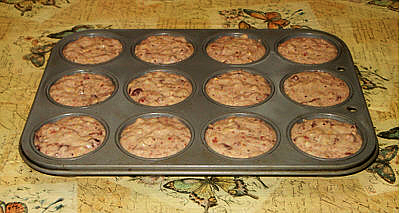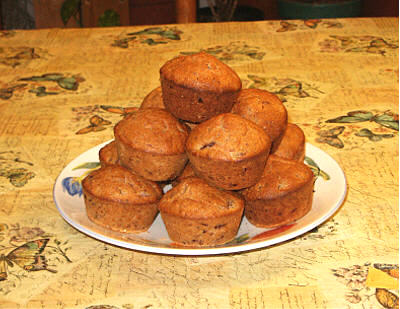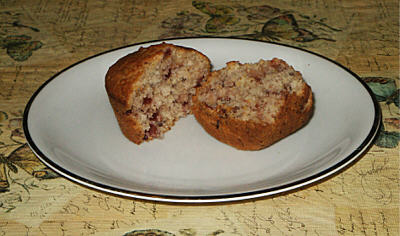Yes, I am at it again. This time I made tomato sauce from the Roma tomatoes I grew in the back garden. The garden did not produce as much this year. It turned out to be a short growing season with all the cold weather we had in the Spring and the extended dry and hot weather this summer. However, just because the produce yield was low does not mean it will go to waste.

In the photo above you can see a pot of chopped Romas ready for the processor. I really love my Prestige processor. It comes with three stainless steel pots and several different attachments for doing all sorts of food processing. To prepare the Romas wash them and cut off the stem end and chop into several pieces. Choose firm ripe tomatoes that are free from blemishes; of course they don't have to be perfect. When my pot started overflowing, I thought it was a good time to stop and take a photograph.

In the photo above you can see a pot of the puréed Romas ready for cooking. The pinkish colour comes from whipping in air during the puréeing process. Don't worry about the induced air as it will boil out during cooking. Don't try and rush the reducing process; it will take several hours depending on the quantity of puréed tomatoes you start with and the amount of liquid they contain. One of the reasons that Romas are used for making tomato sauce is they are meatier and have less liquid that other types of tomatoes. Of course you can use other types of tomatoes for making tomato sauce, I just prefer Romas. If you try and rush the reducing process you will probably end up scorching the tomatoes and ruining the entire batch. I reduced the amount to about half and ended up with a viscosity that was right for me. This is the same process you will use to make tomato paste; you just keep cooking until you have a paste consistency instead of a sauce consistency.

I ended up with five and a half US pints (473 ml) of tomato sauce. The bottling process is the same I have explained in earlier blog posts. What I need to caution here is that my tomato sauce only contains tomatoes. I don't add other ingredients at this point because it allows me to use my tomato sauce in different ways. If you are making a sauce and adding such things as green peppers and onions you have to process the jars in a pressure bottler.




